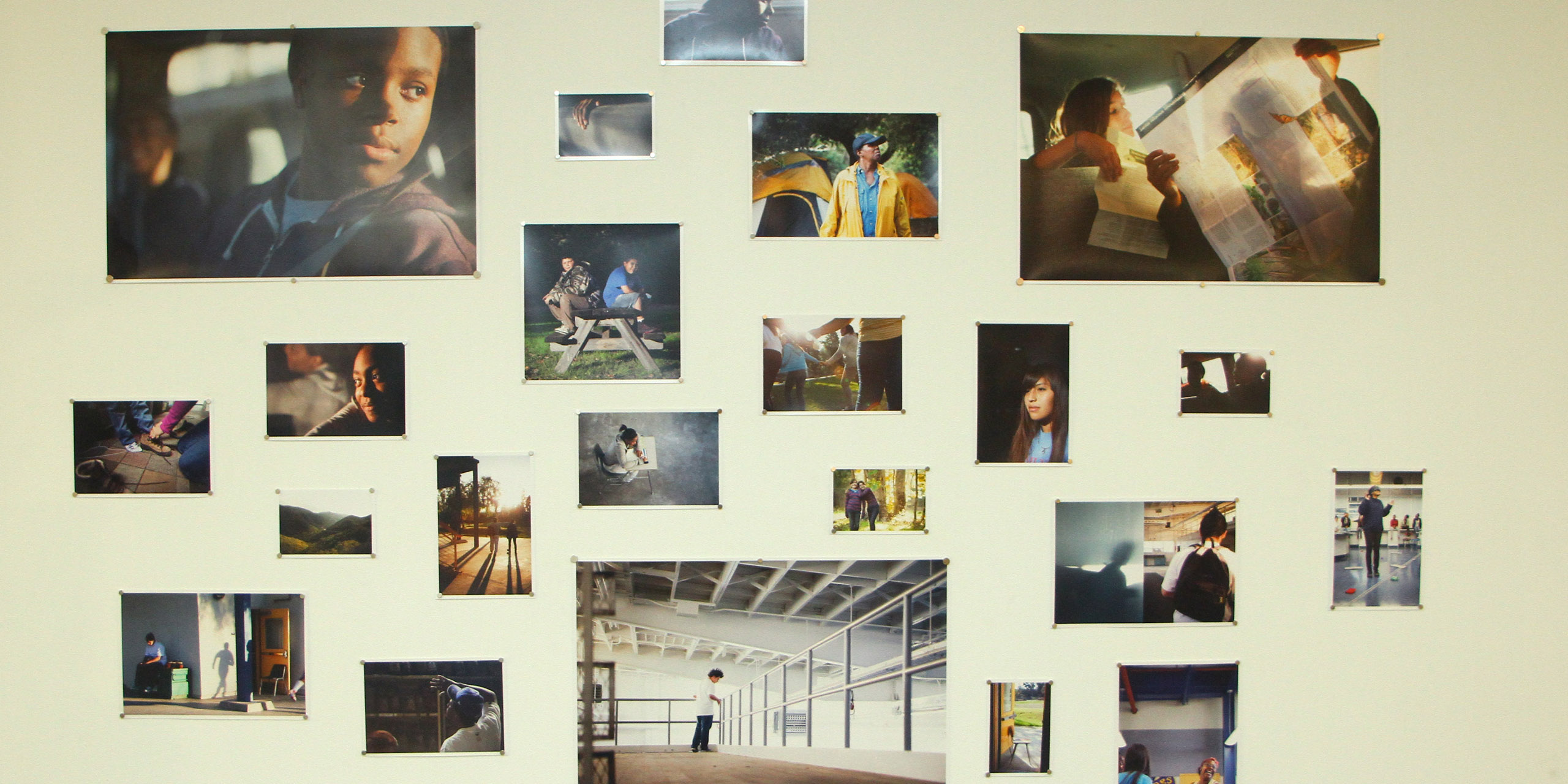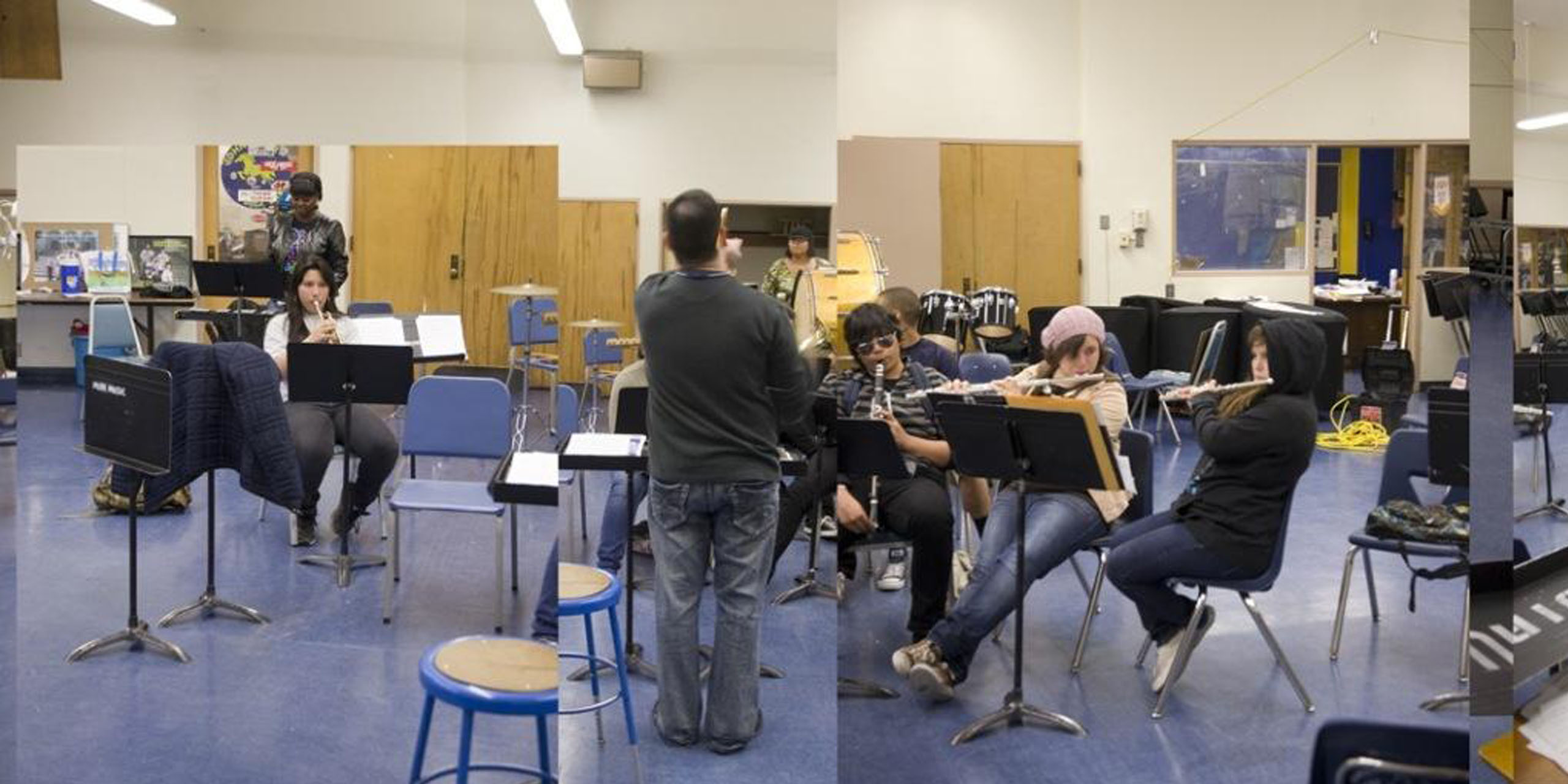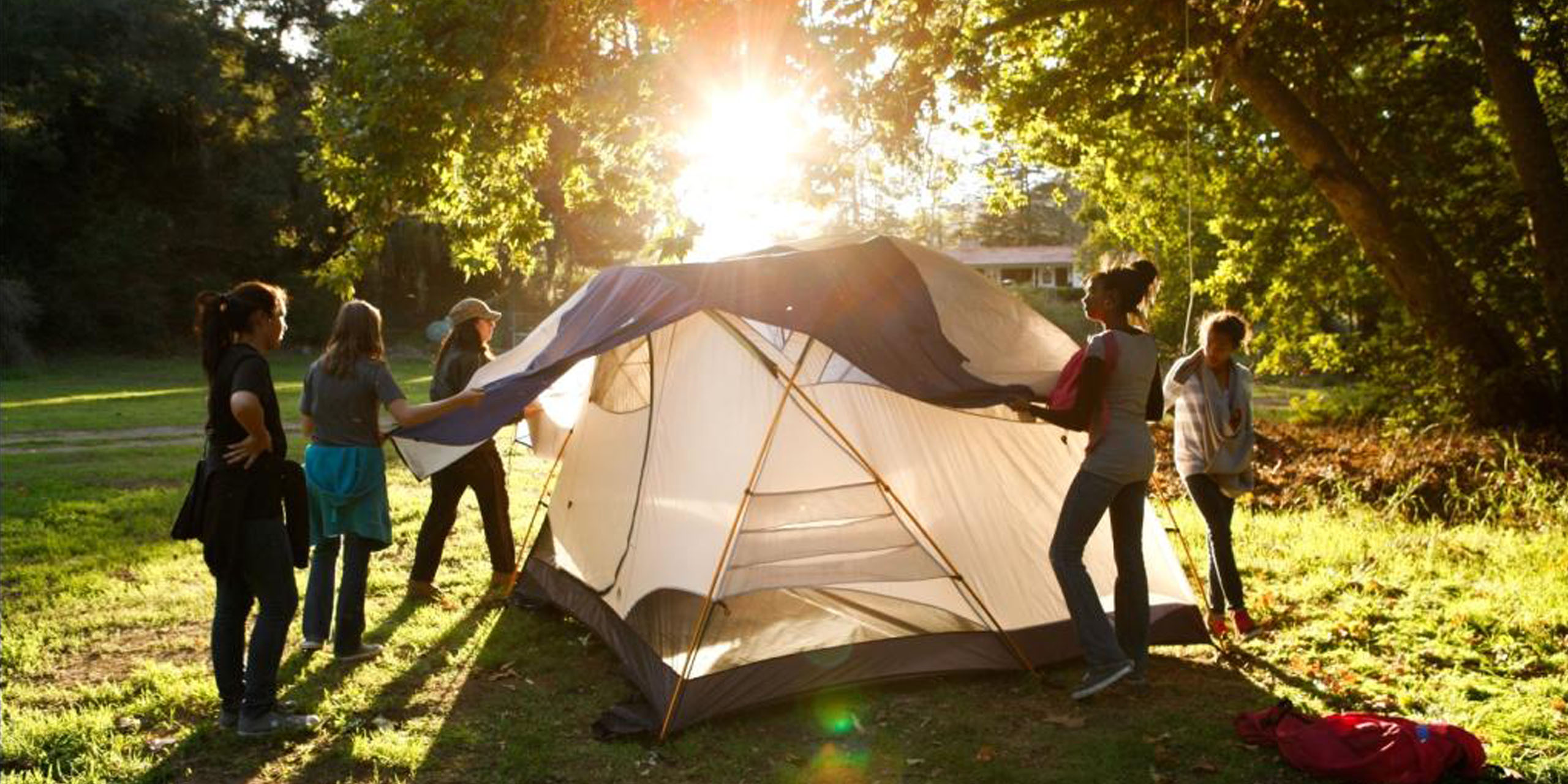Non-Profit Photography Studio
- Social Entrepreneurship

Fall 2010
This studio highlights the collaboration between Photography + Imaging students and several local Pasadena organizations to explore and support the important work of our neighbors in the non-profit sector.
Design Brief/Challenge:
Students were challenged to explore the use of imagery for a vital, but often underserved, sector—local nonprofit organizations.
Students were tasked with developing a sustained library of images while working in partnership with local nonprofit agencies. They were encouraged to push boundaries, confront convention, and create striking—even disruptive—imagery to serve the worthy causes represented by their nonprofit clients.
The goal was for students to experience working on issues-related projects, develop valuable skills of how to best work with their clients, grow their talents exponentially, and create compelling imagery that in its own unique way, enhances society at large.
To develop their body of work, students scheduled multiple shoots with their nonprofit clients, also participating in classroom group discussions, peer critiques and critical readings to help sharpen conceptual thinking. Guest presentations by seasoned professionals were used to help participants gain insight into trends and techniques that could help them execute their vision.

Process
The first matter of business was to identify the five organizations that would serve as the students’ clients. The prerequisite for the organizations was that they be doing interesting nonprofit work in the Pasadena area and represent a variety of community issues, ranging from environmental to educational endeavors. The selected organizations made presentations to the students, identified their needs, and were paired together based on the interest of the students.
Students were encouraged to approach the work in their own unique way; so different modalities were explored during the course, including documentary style, conceptual portraiture, promotional pieces, event coverage, and tableau photography presenting issues without the appearance of photojournalism.
Veering between fine art, commercial photography and a socially active lens, students were assisted in articulating their vision on three separate levels:
Contact With Client Organizations: This element was fundamental, allowing students to review websites, annual reports and other client collateral, allowing students to fully understand the mission and goals of the organization. Students made multiple site visits in order to more fully discern what the group needed by getting to know the organization and its staff. This added knowledge allowed students to respond to critiques they received in class and develop their images in new and unexpected ways.
Readings and Engaged Classroom: Instructor Pato Hebert employed a hybrid studio seminar approach—assigning readings by noted voices such as author David Levi Strauss, as well as work by photojournalists, art historians and authors—with the goal of helping students understand the ethics and implications of this type of work. Students also attended exhibits and talks at high-profile institutions such as LACMA and the Getty Center to cultivate a historical grounding in the documentary format, as well as develop a visual vocabulary and theoretical skills necessary to formulate their best work.
Critiques: Every two weeks, a critique with the instructor and peers was held, totaling six critiques. The purpose was to allow for course correction, refinement of technique and the exploration of alternative ideas while the work progressed. As Hebert commented to students during one class, “These crits are about where the spark is in your work—and where are you stuck.”
Questions raised during this time included: What truths are students attempting to tell about the organizations? How do people change when they are in front of—or behind—the camera? And is this an image that should be made, or is it exploitative?
While the class was not focused on technical aspects, critiques did raise tech- related issues, such as the use natural light, benefits and drawbacks of strobe lighting, and whether or not to explore large formats. One example was the situation that confronted student Shaina Kasanoff, who was working with the YWCA. She had shot with a large format camera, was concerned she had used too much tilt during a shoot, and wasn’t sure about a blur focus she had incorporated. During a class critique, Hebert advised that he liked Shaina’s direction of pushing her technique and the use of a large format camera, and recommended she refrain from switching to digital, as she had been considering.
Fellow students responded that they liked the blur effect and thought it successfully captured the subjects: adolescent girls in transition between youth and maturity. Ultimately, what students learned is that these choices should be determined not by preferred formats, but solely by what messages they were trying to convey through their work.

Overall Outcomes
An exhibition of all the students’ images, held at Art Center’s South Campus Public Programs Art Gallery on Dec. 13, was the culmination of a whole term’s worth of work, and a chance for the students, other Art Center students, faculty, the organizations and the community at large to view what had been accomplished first-hand.
Most students had never shown their work in a gallery setting before, so this marked a major first in their careers.
By the time the show arrived, students had mounted their projects; made tough decisions such as whether to use a single frame or triptychs, large imagery or small; and countless other creative choices. The evening was a great success, with all nonprofit organization representatives repeatedly commenting that the quality of the students’ work far exceeded their expectations.
Another distinct advantage of the class, according to Hebert, was the long-term nature of the class, which allowed students to evolve their work over a full term. He cited the example of student Michelle Kunz, who was working with Outward bound Adventures. “Michelle had good images, but with two weeks to go, she made a huge breakthrough as her visual poetry caught fire.”
“The last day when I went to shoot, I almost didn’t go,” said Kunz. “I could have got by with the images I had, but that’s when I got the images I ultimately used. It was a breakthrough shoot.”

“The biggest achievement students accomplished at the end of the term was getting the organizations quality images that they can use in their everyday work. Also, it was very valuable for them to get real-world experience.”
—Pato Hebert, Photography and Imaging Faculty
“Pato always tries to get us to go further and push for more. His approach taught me so much, and helped me get the images I needed for this project.”
— Michelle Kunz, Photography and Imaging student